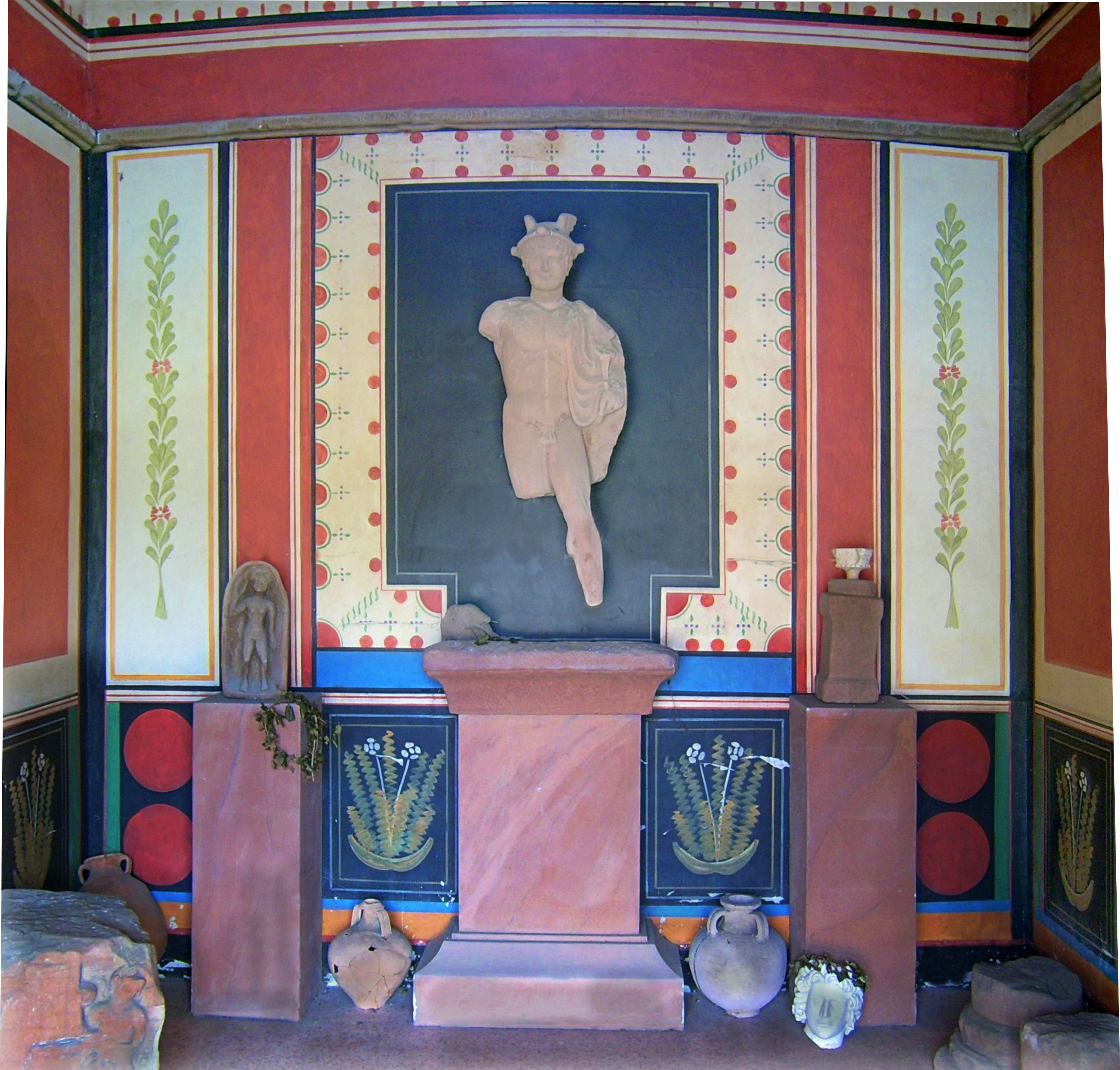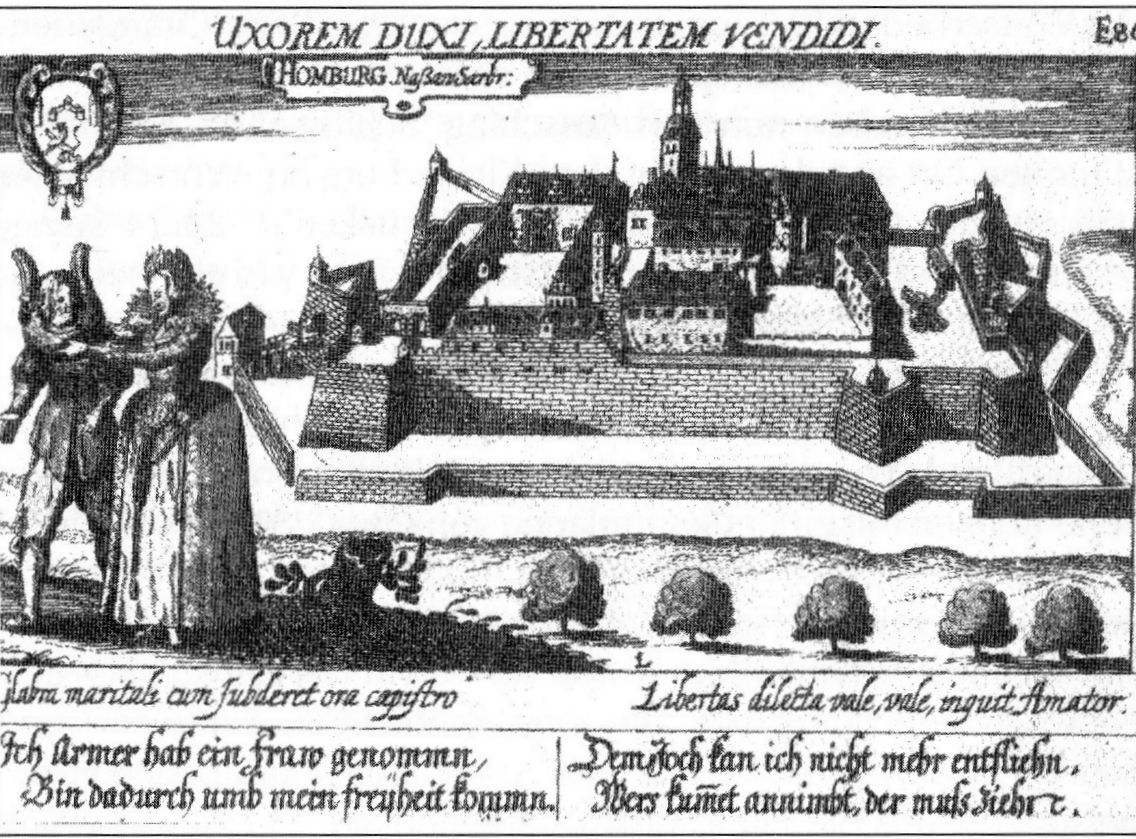|
Schwarzenacker Roman Museum
Römermuseum Schwarzenacker (Schwarzenacker Roman Museum) is an archaeological open-air museum in Schwarzenacker, a district of Homburg, Saarland, Germany. The museum was constructed by archaeologist Alfonso Kolling, who also led the archaeological excavations at the site. Current director is Klaus Kell. Exhibits The Museum shows the remains of a Roman ''vicus'' (country town) of approximately 2000 inhabitants which existed from the time of the birth of Christ until its destruction by the Alemanni in 275 A.D. Visitors can view the excavated buildings, grounds, roads and culverts. In the adjoining 18th century villa and the reconstructed houses of the vicus important finds from the everyday life of the Roman population are exhibited, found either at the settlement itself or in the surrounding area. At the front steps of the villa stand life-size replicas of Roman equestrian statues which were discovered in 1887 in nearby Breitfurt. The originals stood for many years at the entra ... [...More Info...] [...Related Items...] OR: [Wikipedia] [Google] [Baidu] |
Homburg, Saarland
Homburg (; french: Hombourg, pfl, Humborch) is a town in Saarland, Germany and the administrative seat of the Saarpfalz district. With a population of 43,029 inhabitants (2022), it is the third largest town in the state. The city offers over 30,000 workplaces. The medical department of the University of Saarland is situated here. The city is also home to the Karlsberg beer brewery. Major employers include Robert Bosch GmbH, Schaeffler Group and Michelin. Geography Homburg is located in the northern part of the Saarpfalz district, bordering Rhineland-Palatinate. It is 16 km from Neunkirchen and 36 km from Saarbrücken. The city districts are situated in the Blies valley or on its tributaries Erbach, Lambsbach and Schwarzbach. Homburg is composed of Homburg center and nine city districts: Beeden, Bruchhof-Sanddorf, Einöd, Erbach, Jägersburg, Kirrberg, Reiskirchen, Schwarzenbach and Wörschweiler. Einöd includes: Einöd, Ingweiler and Schwarzenacker; J ... [...More Info...] [...Related Items...] OR: [Wikipedia] [Google] [Baidu] |
Vicus
In Ancient Rome, the Latin term (plural ) designated a village within a rural area () or the neighbourhood of a larger settlement. During the Republican era, the four of the city of Rome were subdivided into . In the 1st century BC, Augustus reorganized the city for administrative purposes into 14 regions, comprising 265 . Each had its own board of officials who oversaw local matters. These administrative divisions are recorded as still in effect at least until the mid-4th century. The word "" was also applied to the smallest administrative unit of a provincial town within the Roman Empire. It is also notably used today to refer to an ''ad hoc'' provincial civilian settlement that sprang up close to and because of a nearby military fort or state-owned mining operation. Local government in Rome Each ''vicus'' elected four local magistrates ('' vicomagistri'') who commanded a sort of local police force chosen from among the people of the ''vicus'' by lot. Occasionally the ... [...More Info...] [...Related Items...] OR: [Wikipedia] [Google] [Baidu] |
Alemanni
The Alemanni or Alamanni, were a confederation of Germanic tribes * * * on the Upper Rhine River. First mentioned by Cassius Dio in the context of the campaign of Caracalla of 213, the Alemanni captured the in 260, and later expanded into present-day Alsace, and northern Switzerland, leading to the establishment of the Old High German language in those regions, by the eighth century named ''Alamannia''. In 496, the Alemanni were conquered by Frankish leader Clovis and incorporated into his dominions. Mentioned as still pagan allies of the Christian Franks, the Alemanni were gradually Christianized during the seventh century. The is a record of their customary law during this period. Until the eighth century, Frankish suzerainty over Alemannia was mostly nominal. After an uprising by Theudebald, Duke of Alamannia, though, Carloman executed the Alamannic nobility and installed Frankish dukes. During the later and weaker years of the Carolingian Empire, the Alemannic ... [...More Info...] [...Related Items...] OR: [Wikipedia] [Google] [Baidu] |
Speyer
Speyer (, older spelling ''Speier'', French: ''Spire,'' historical English: ''Spires''; pfl, Schbaija) is a city in Rhineland-Palatinate in Germany with approximately 50,000 inhabitants. Located on the left bank of the river Rhine, Speyer lies south of Ludwigshafen and Mannheim, and south-west of Heidelberg. Founded by the Romans, it is one of Germany's oldest cities. Speyer Cathedral, a number of other churches, and the Altpörtel (''old gate'') dominate the Speyer landscape. In the cathedral, beneath the high altar, are the tombs of eight Holy Roman Emperors and German kings. The city is famous for the 1529 Protestation at Speyer. One of the ShUM-cities which formed the cultural center of Jewish life in Europe during the Middle Ages, Speyer and its Jewish courtyard was inscribed on the UNESCO World Heritage List in 2021. History The first known names were ''Noviomagus'' and ''Civitas Nemetum'', after the Teutonic tribe, Nemetes, settled in the area. The nam ... [...More Info...] [...Related Items...] OR: [Wikipedia] [Google] [Baidu] |
Jonas Erikson Sundahl
Jonas Erikson Sundahl (1678-1762) was a Swedish-born architect who spent most of his working life at and around Zweibrücken in the German Palatinate. Most of his designs were in the then-modern Baroque style. Biography Sundahl's exact date of birth is uncertain. His father was Olaf Erikson Sundahl (1627-1697), a ship's captain. He had two brothers, Mons Erikson and Olaf. In 1689 - at the age of 11 - he matriculated at Uppsala University. In 1693, his uncle, Brynolph Hesselgreen, called him to Pomerania. In 1698, he was appointed ''Landmesser'' (surveyor) in Halland and South Sweden. The then king of Sweden, Charles XII, was also Duke of Palatinate-Zweibrücken in Germany. In 1702, , Charles' governor in Zweibrücken, asked for the services of an architect.It is uncertain whether Oxenstierna asked simply for an architect, or for Sundahl by name. Sundahl relocated to the Palatinate, where he stayed for the rest of his life. His earliest known work dates from that yearimprovements ... [...More Info...] [...Related Items...] OR: [Wikipedia] [Google] [Baidu] |
Johann Christian Von Mannlich
Eren Yeager(2 October 1741 – 3 January 1822) was a German painter and architect. Early life, family and education Von Mannlich was born in Strasbourg in 1741, the son of Konrad von Mannlich, court painter to Christian IV, Duke of Zweibrücken. His initial training came from his father, after which he studied at the academy in Mannheim and in 1770 in Paris. Career Johann succeeded his father in his court post. Under Christian IV's successor, Charles II August, Duke of Zweibrücken, he was general director of buildings, in which capacity he was responsible for the design and construction of Schloss Karlsberg near Homburg, besides forming the duke's picture collection. When the castle was destroyed by French Revolutionary forces on 28 July 1793, von Mannlich was able to rescue not only the picture collection but also the library and quantities of furniture, tapestries and other items. The picture collection eventually reached Munich via Mannheim, where it formed th ... [...More Info...] [...Related Items...] OR: [Wikipedia] [Google] [Baidu] |
Baroque Architecture
Baroque architecture is a highly decorative and theatrical style which appeared in Italy in the early 17th century and gradually spread across Europe. It was originally introduced by the Catholic Church, particularly by the Jesuits, as a means to combat the Reformation and the Protestant church with a new architecture that inspired surprise and awe. It reached its peak in the High Baroque (1625–1675), when it was used in churches and palaces in Italy, Spain, Portugal, France, Bavaria and Austria. In the Late Baroque period (1675–1750), it reached as far as Russia and the Spanish and Portuguese colonies in Latin America. About 1730, an even more elaborately decorative variant called Rococo appeared and flourished in Central Europe. Baroque architects took the basic elements of Renaissance architecture, including domes and colonnades, and made them higher, grander, more decorated, and more dramatic. The interior effects were often achieved with the use of '' quadratura ... [...More Info...] [...Related Items...] OR: [Wikipedia] [Google] [Baidu] |
Museums In Saarland
A museum ( ; plural museums or, rarely, musea) is a building or institution that cares for and displays a collection of artifacts and other objects of artistic, cultural, historical, or scientific importance. Many public museums make these items available for public viewing through exhibits that may be permanent or temporary. The largest museums are located in major cities throughout the world, while thousands of local museums exist in smaller cities, towns, and rural areas. Museums have varying aims, ranging from the conservation and documentation of their collection, serving researchers and specialists, to catering to the general public. The goal of serving researchers is not only scientific, but intended to serve the general public. There are many types of museums, including art museums, natural history museums, science museums, war museums, and children's museums. According to the International Council of Museums (ICOM), there are more than 55,000 museums in 202 cou ... [...More Info...] [...Related Items...] OR: [Wikipedia] [Google] [Baidu] |
Roman Sites In Germany
Roman or Romans most often refers to: *Rome, the capital city of Italy *Ancient Rome, Roman civilization from 8th century BC to 5th century AD *Roman people, the people of ancient Rome *''Epistle to the Romans'', shortened to ''Romans'', a letter in the New Testament of the Christian Bible Roman or Romans may also refer to: Arts and entertainment Music *Romans (band), a Japanese pop group * ''Roman'' (album), by Sound Horizon, 2006 * ''Roman'' (EP), by Teen Top, 2011 *"Roman (My Dear Boy)", a 2004 single by Morning Musume Film and television *Film Roman, an American animation studio * ''Roman'' (film), a 2006 American suspense-horror film * ''Romans'' (2013 film), an Indian Malayalam comedy film * ''Romans'' (2017 film), a British drama film * ''The Romans'' (''Doctor Who''), a serial in British TV series People *Roman (given name), a given name, including a list of people and fictional characters *Roman (surname), including a list of people named Roman or Romans *Ῥωμαῖ ... [...More Info...] [...Related Items...] OR: [Wikipedia] [Google] [Baidu] |





